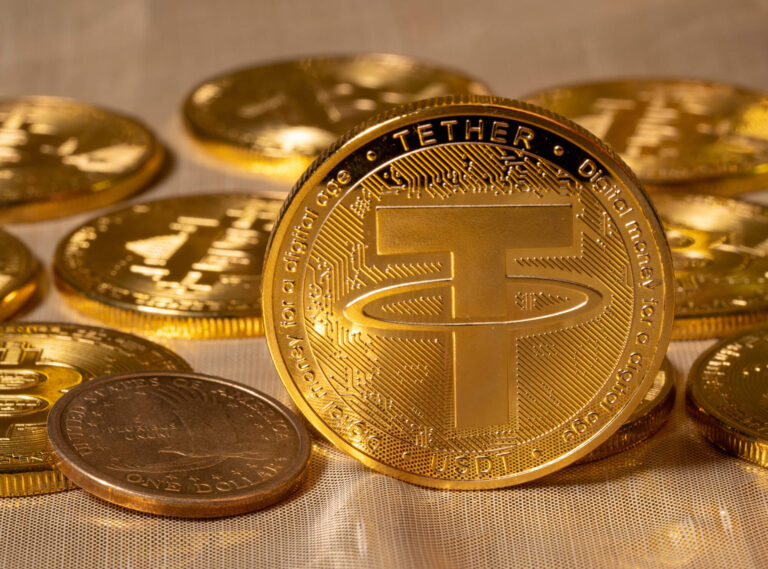After the loss of the UST stablecoin's peg and the collapse of the Terra-LUNA ecosystem, panic selling spread throughout the entire stablecoin market. Market leader Tether (USDT) was traded at 94 cents at one point, but its dollar peg recovered within a few hours.
The collapse of the stablecoin "UST" led to the destruction of over 40 billion USD in market capitalization of the LUNA token. As a former flagship project of the algorithmic stablecoin sector, the consequences of the UST fiasco hit the rest of the industry. Most stablecoins on the market experienced increased volatility, most recently also Tether (USDT); one of the first and today's largest dollar tokens.
Tether (USDT) falls to 94 cents
The decoupling began in the midst of the Terra-UST collapse. In less than 2 hours, USDT was traded on all major cryptocurrency exchanges at 94 cents before a countermovement began. This was the most serious decoupling of Tether's USDT since the market crash in March 2020.

USDT has been operated by Tether Ltd. since 2014 and has established itself as the most liquid stablecoin. With a market capitalization of around 80 billion, USDT represents a significant pillar of the entire industry. A large part of the trading pairs for various cryptocurrencies are still denominated in USDT - especially on less regulated exchanges such as Binance. The temporary decoupling at 94 cents already led to discrepancies between USD and USDT trading pairs, a complete collapse of Tether would be fatal.
Will the largest stable coin follow Terra's UST?
There are three types of stablecoins: fiat-backed, crypto-backed, and unbacked; the latter are also known as algorithmic stablecoins. The three largest stablecoins by market capitalization, Tether (USDT), USD Coin (USDC), and Binance USD (BUSD), are all fiat-backed dollar tokens. In the case of USDT, Tether Ltd. manages dollar deposits and cash equivalents in a 1:1 ratio to all USDT in circulation.
Users can redeem USDT directly with Tether Ltd. for real dollars and vice versa, so the stablecoin is fully backed by fiat. As long as Tether's reserves match the company's quarterly reports and all of its cash equivalents can be exchanged for dollars within a short period of time, a decoupling of the USDT stablecoin is not possible. In fact, in the midst of the panic, Tether Ltd. processed USDT redemptions totaling $3 billion without any problems.
A note: Tether price on the exchanges that were off, realigned at the opening of the EST banking hours. Traders could move quickly to redeem tethers at 1$ and arbitrage the spreads.
— Paolo Ardoino (@paoloardoino) May 13, 2022
Tether reduces money market paper holdings
The company's reserves have been questioned in the past on several occasions. The high proportion of money market papers in particular caused some critics to frown. Less than a year ago, securities made up almost half of all Tether reserves. However, the Evergrande debacle a few months ago seemed to sharpen the company's risk awareness.

Over the past six months, Tether has drastically reduced its holdings of money market securities, according to CTO Paulo Ardoino. Today, US Treasury securities make up the bulk of USDT reserves, as will be evident in a few weeks from the latest quarterly report. The likelihood that Tether will not have access to liquidity in the event of a "bank run" is therefore steadily decreasing. Ardoino did not give any information about the exact proportion of reserves in money market securities, but explained that it is "still falling".




